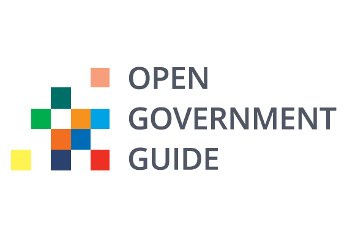Launched in 1999 by the Ministers of Education and university leaders of 29 countries, the Bologna Process aims to create a European Higher Education Area (EHEA); it has further developed into a major reform encompassing 46 countries. Taking part in the Bologna Process is a voluntary decision made by each country and its higher education community to endorse the principles underlined in the European Higher Education Area. The Bologna Process does not aim to harmonise national educational systems but rather to provide tools to connect them. The intention is to allow the diversity of national systems and universities to be maintained while the European Higher Education Area improves transparency between higher education systems, as well as implements tools to facilitate recognition of degrees and academic qualifications, mobility, and exchanges between institutions. The reforms are based on ten simple objectives which governments and institutions are currently implementing. Most importantly, all participating countries have agreed on a comparable three cycle degree system for undergraduates (Bachelor degrees) and graduates (Master and PhD degrees). Many participating countries have made substantial changes to their systems in response to the Bologna Process. Introducing the new degrees has required a tremendous effort in reviewing curricula and expectations toward students. Already over half of European universities have reviewed their curricula entirely, using the Bologna reforms to implement a more student-focused approach and new quality procedures.
Related Articles
Data governance in the public sector: The buzz and the practice
Arturo Rivera Perez, Policy Analyst at OECD, writes on the connection between good data governance and cohesion and integration
the Buena Nota Platform in Colombia
on radical forms of protest
lessons from Michael Hardt
Let me now serve you the food of your enemy
the excellent idea of the Conflict Kitchen
a picture of the international abuse of power
Social and educational inequalities in Israel
and sports as the best education tool
Will Open Government ever arrive in Europe?
80% of Europeans are demanding more transparency. But what is their access to information?
Ben Berkowitz has developed an idea after getting frustrated with city hall’s lack of response to graffiti in his neighborhood.
What the Wall Street protesters achieved
The Occupy Wall Street movement
![]()
STAY IN TOUCH
SUBSCRIBE TO OUR NEWSLETTER
AND RECEIVE OUR LATEST STORIES










